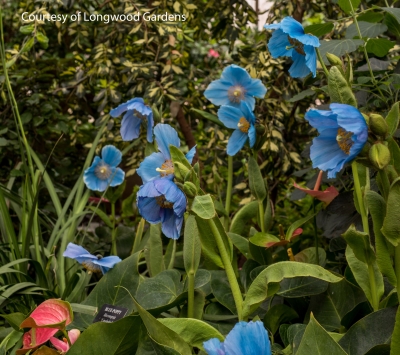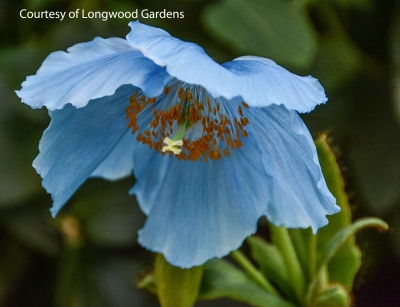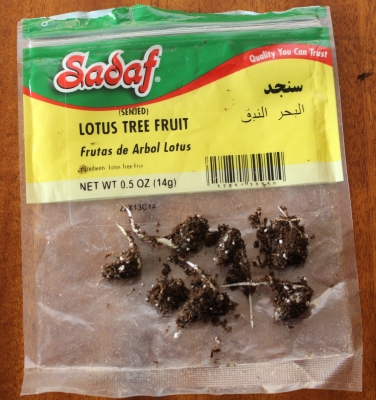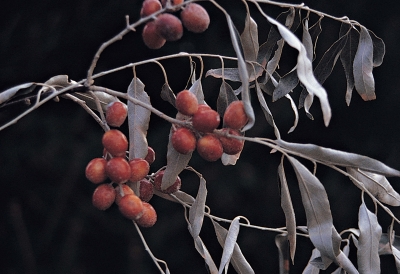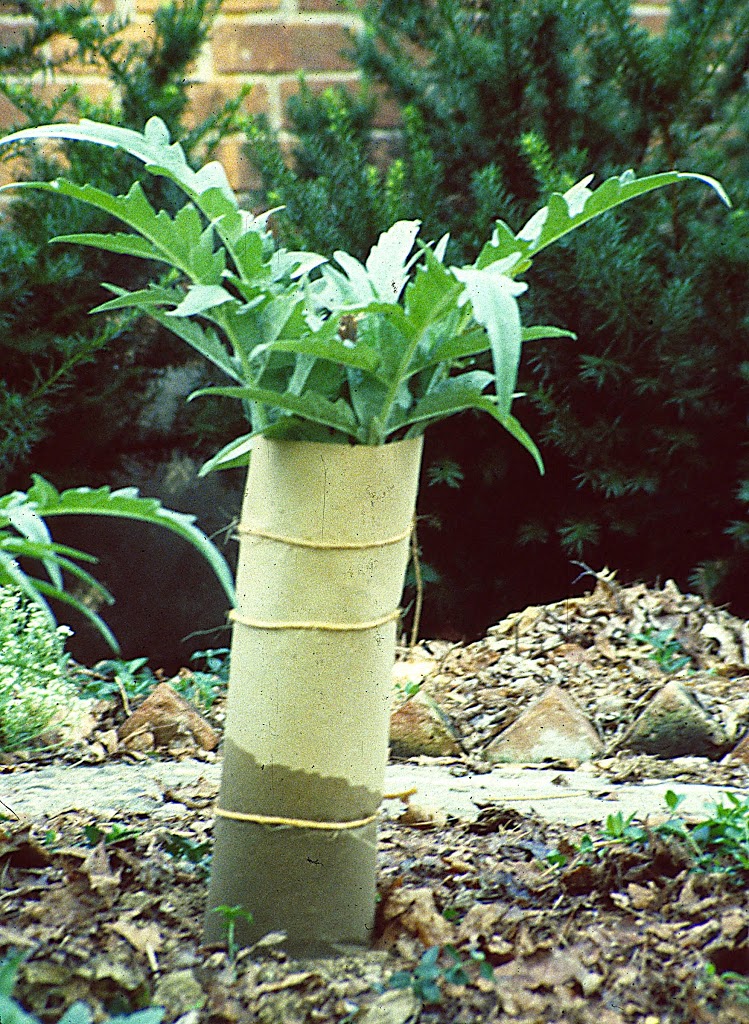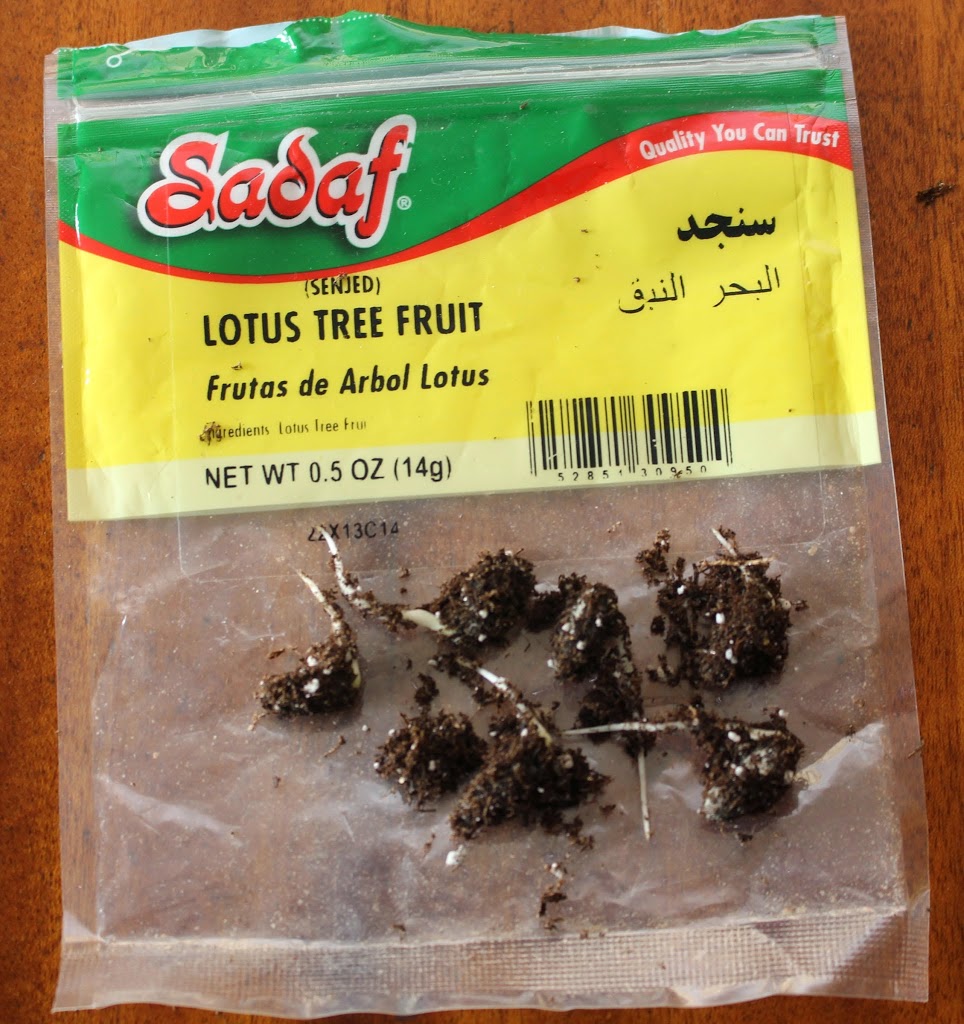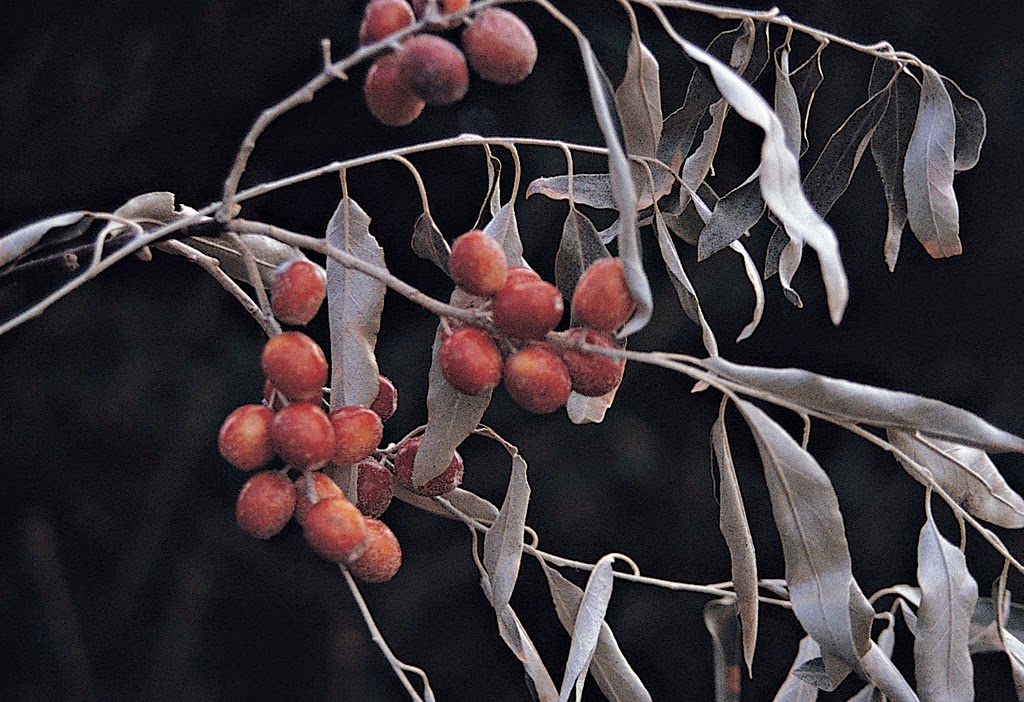MAKING SCENTS (AND A BOOK GIVE AWAY!)
Reader Alert: Invasive Plant
The sweet scent practically bowled me over. My friend, walking with me along the nearby rail trail, characterized the aroma as citrus-y rather than sweet. Either way, the aroma was delicious and welcome. Too bad the source of the scent, autumn olive (Elaeagnus umbellata), is a plant so reviled.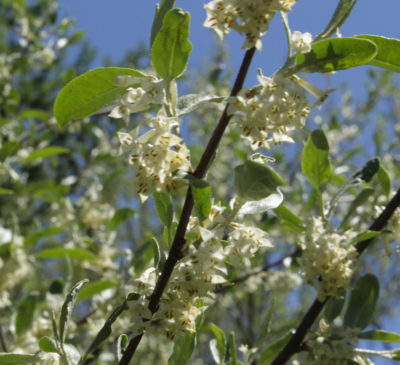
“Too bad” because the plant also has other qualities. The olive-green leaves lend a Mediterranean feel to any setting. Microorganisms associated with the shrub’s roots garner nitrogen from the air to enrich the soil. And come early fall, the plants are loaded with delicious and nutritious, small, red (sometimes yellow) berries.
Alas, this non-native plant grows too easily, frequenting fields and waysides. It’s deemed invasive, which it is . . . but?
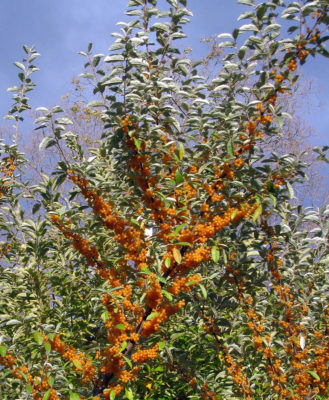 (Autumn olive is often confused with Russian olive, E. angustifolium, a close relative that is more tree-like, less invasive, and with sweet, olive-green fruits. Another equally attractive, fragrant, tasty, and soil-building plant is gumi, E. multiflora, not well known but closely related to the other “olives.”)
(Autumn olive is often confused with Russian olive, E. angustifolium, a close relative that is more tree-like, less invasive, and with sweet, olive-green fruits. Another equally attractive, fragrant, tasty, and soil-building plant is gumi, E. multiflora, not well known but closely related to the other “olives.”)
And Yet Another Invasive
Soon, by the time you read this, the rail trail and elsewhere will be suffused by another pleasant aroma, that of honeysuckle. These flowers are also followed by red berries, but they’re not edible. (Other honeysuckle species do yield edible berries, an up and coming fruit called haskaps.)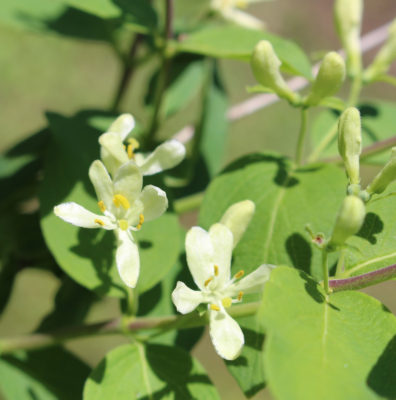
How could anyone not like a plant with a name like “honeysuckle?” A lot of people don’t like honeysuckle because it too, despite its qualities, is invasive.
You Call This Renovation
Before anyone attacks me for heaping praise on invasive plants, let’s sidle off the rail trail and back to the home front, where yet another delicious scent fills the air. This one wafts from a plant that, unlike autumn olive, Russian olive, and gumi, is not invasive and is truly in the olive family: lilac (Syringa vulgaris).
Actually, for years now, my lilac bush has not been perfuming the air as much as it should. The plant is old, my guess is over 50 years old. Not that age alone is responsible for its poor showing. Lilac, like other shrubs, have long-lived root systems. No stem ever develops into a permanent, long-lived trunk and — important for all flowering and fruiting shrubs — after a certain age stems can’t keep up the flower production of its youth.
The way to prune any flowering or fruiting shrub is by a renewal method. You cut down some of the oldest stems that are no longer performing well. And then you thin out — that is, reduce the number of — some of the youngest stems so that each can develop to its fullest potential without being crowded.
How long an old stem is worth keeping and how many new stems spring up each year from ground level depends on the kind of shrub and the growing conditions. A highbush blueberry stem, for example, retains its youthful fecundity for about 6 years; a raspberry, for two years.

Young lilac, old lilac, renovated lilac
I’ve pruned my lilac over the years, but — I have to admit — never cut the old stems close enough to the ground nor thinned out the many young stems sufficiently. (My excuse is that the dense crowding of 5-inch-diameter stems made cutting difficult, the difficulty made more so by the haven they provided for poison ivy vines.)
A non-blooming lilac shrub isn’t worth keeping, so drastic renovation was in order. This treatment can be applied to any old, decrepit shrub. It’s easy. All that’s needed is to cut everything to the ground. Which I did.
My lilac’s stumps gave evidence to the shrub’s poor showings over the years with their many thick yet half-rotten, old stubs. Shrubby stems, as I wrote, just aren’t meant to live that long, and over time can’t support good flowering.
If all goes well, new sprouts should soon poke up from ground level, vigorous new sprouts because they’ll be fueled by a large, old root system. It’ll be a few years before any of those sprouts get old enough to start flowering. But I’ll make sure to thin them out so each has room to develop. I promise.
Win a Copy of My Book
A few weeks ago my plum tree was in full bloom, actually only part of it was in full bloom. Winter’s wacky weather? Spring’s wacky weather? 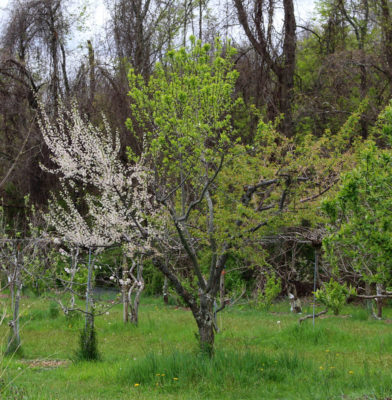 Offer an explanation and, if correct, you’ll be in the pool of readers, one of whom, randomly selected, gets sent a free copy of my book Grow Fruit Naturally. Respond by midnight, May 31st.
Offer an explanation and, if correct, you’ll be in the pool of readers, one of whom, randomly selected, gets sent a free copy of my book Grow Fruit Naturally. Respond by midnight, May 31st.

